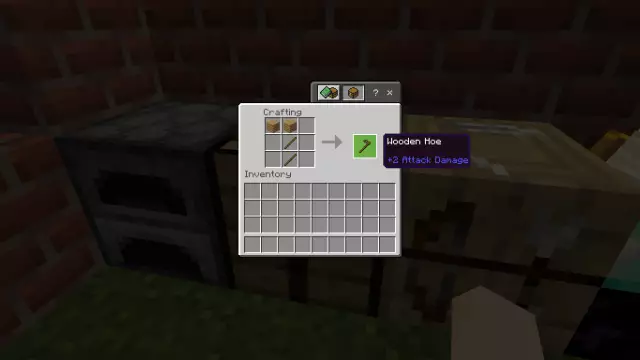There are two ways to develop photographic film. The first, and most familiar, is to give it to the photo laboratory. The second is to develop the film at home on your own. This is not at all as difficult as it might seem.
It is necessary
development tank, thermometer, timer, photochemistry: developer, stop solution, fixer
Instructions
Step 1
Films can be classified into two types: color and black and white. Colored, in turn, are negative and positive. To show them is not an easy task, it is not an exercise for home conditions. But everyone can develop black and white film.
Step 2
Prepare photochemistry for development. Dilute it according to the instructions and heat or cool to the desired temperature. Typically, the film develops at a temperature of 20 degrees Celsius. It is for this temperature that the time is indicated on the film box and on the packages from the developer and fixer.
Step 3
In the dark, load the film into the developer bowl. If you are doing this for the first time, then first try tucking unnecessary film in the light. Get comfortable with the cistern, and then start working in the dark.
Step 4
Pour developer into the container. The first minute you need to stir the solution in it, rotating the tank in the direction of the arrow shown on it. Then you need to mix every minute of development for 10 seconds. The development time is indicated on the inside of the film box.
Step 5
After the development time has elapsed, drain the developer and refill with stop solution. It is needed in order to stop the development and rid the film from the developer residues. As a rule, the fixer is used many times, so the stop solution helps to protect it from premature exhaustion. The stop solution is kept for about one minute. If there is no stop solution, you need to pour water into the tank several times and drain it, rinsing the film in this way.
Step 6
After the stop solution, it's time to pour in the fixer. The fixing time is indicated on the jar or fixing bag. If the fixer is not new, then the time needs to be increased slightly.
Step 7
When the film is finished developing, it should be rinsed with distilled water to remove the fixer. Then hang it up to dry. You need to choose a place where there is no dust in the air. For example, a bathroom is perfect.






